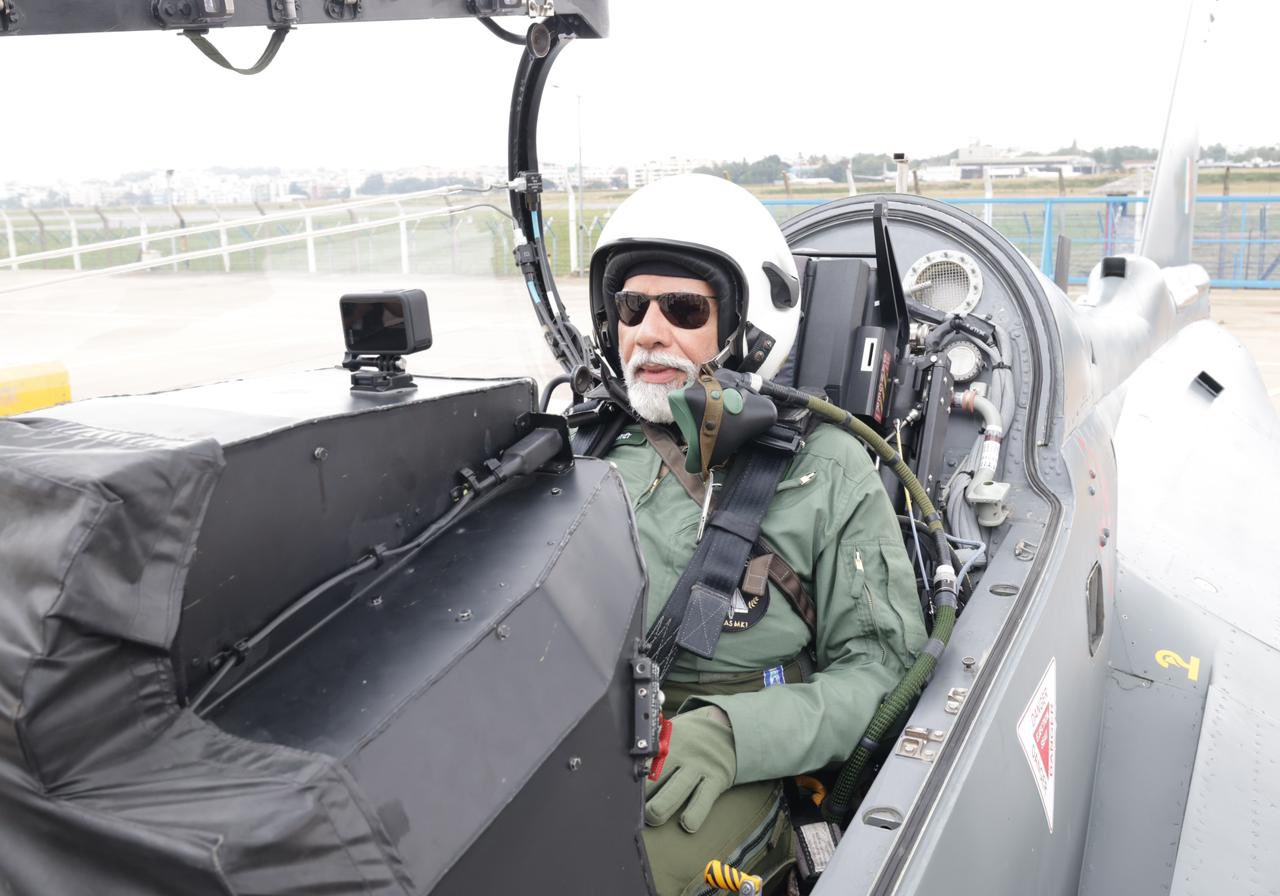Atamnirbhar Bharat (Self-Reliant India) was to receive its first locally developed LCA Mk-1A fighter in February 2024, but HAL wasn’t able to get the fighter—the pride of the Indian Defence Industry—airborne until March.
HAL was to deliver 2 fighters by March 31, 2024, and 18 fighters by March 31, 2025. Deliveries of the aircraft are now expected to start at the end of July.
The right shift of the delivery schedule is attributed to a delay in the supply of the F404-IN20 engine that powers the Mk-1A due to supply chain issues at HAL and GE Aerospace.
When contacted by FlightGlobal, GE Aerospace said, “The aerospace industry continues to experience unprecedented supply chain pressures. GE Aerospace is working with our partner HAL and suppliers to resolve constraints and deliver F404-IN20 engines for the LCA Mk-1A program.”
When Pakistan Army Lost 129 Elite Soldiers In One Of The Deadliest Avalanches In The History
Consequent to the delay in the start of delivery, the MoD held a review meeting and asked HAL to meet the delivery deadline of 18 jets by March 2025. HAL has committed to meet the contract target of 18 jets by March 2025. But to live up to its commitment, it may have to fit old F404-IN20 engines into the new aircraft!
Supply Chain Constraints
According to a McKinsey & Co. analysis published in April 2024, “Since 2020, OEMs have struggled to obtain adequate quantities of many components essential to aircraft manufacturing, including raw materials, finished castings and forgings, semiconductors, and electronics components. In consequence, production lines have slowed or stopped.”
The “analysis shows that aerospace executives were about 18 times more likely to mention supply-chain-related terms, such as “shortages,” during earnings calls in 2022 than they were in 2014.”
Component and material suppliers cater to OEM and operator demands. Whenever there is a shortage, they are forced to make tradeoffs “between supplying OEMs and servicing the aftermarket.”
Ukraine War
A closer examination of the factors contributing to supply chain constraints—raw material shortage, component shortage, semiconductor and electronics shortage—suggests that an improvement in the short term is unlikely.
Raw Material Shortage
There is a significant shortage of titanium and nickel alloys in the West, critical raw materials for manufacturing aero-engine components.
The reason – Russia is one of the largest producers of titanium. Russian state enterprise VSMPO-AVISMA supplies a significant portion of the global aerospace industry’s titanium needs. China is also a major producer that contributes substantially to the global supply.
US titanium production isn’t sufficient to meet its aerospace industry’s demands.
Nickel Alloys
Russia and China also figure on top of the list of nations that meet global Nickel alloy demands. China is the world’s largest producer and consumer of nickel.
The country has significant nickel reserves and a large metallurgical industry capable of producing various nickel alloys.
Russia has large nickel reserves, and its company, Norilsk Nickel, is one of the leading producers of nickel alloys.
Sanctions On Russia and China
Most of the supply chain issues in the aerospace industry can be attributed to Western sanctions imposed on Russia after February 2022, aimed at crippling the Russian economy. Also, the sanctions imposed on China aimed at slowing down its economic growth and rising as a world power.
The sanctioning has been indiscriminate. Western leaders ignored repeated warnings by industry experts who advocated a long-term approach that would not negatively impact the Western aerospace industry.
For example, in April 2022, Airbus CEO Guillaume Faury warned that sanctioning Russia’s VSMPO-AVISMA would damage European aerospace “while barely hurting Russia’s economy.”
Aggressive sanctioning has led to a splintering of the world, which is derailing established supply chain dynamics. A multipolar world with trade barriers will aggravate the skilled labor shortage and skew the supply-demand imperative.

Conclusion
It’s interesting to note how US sanctions against Russia have disrupted not just Indian defense procurement from Russia but also our defense procurement from the US itself.
With sanctions against Russia and China continuing, it’s unlikely that supply chain issues in the aerospace industry will ease soon. As the world gets further splintered, supply chain constraints can only increase due to trade barriers and reduced market sizes.
According to FlightGlobal, F404 deliveries to HAL are likely to begin in September, helping HAL to accelerate LCA Mk-1A production.
However, as things stand, Russia’s SMO may not end for years. Sanctions could persist for decades. Global fragmentation, already a reality, could get worse. In other words, supply chain woes could shift right or left.
If supply chain constraints persist, further slip-ups in the supply of F404-IN20 engines are possible.
India’s dependence on GE Aerospace is heavy. It’s the chosen powerplant for LCA Mk-1, LCA Mk-1A, LCA Mk-2, and AMCA.
There is a need for caution with our heavy dependence on GE in this changing world. But the most categorical takeaway from what has transpired is the need for India to urgently plug the gap in aero engine development and directly secure its raw material and electronics supply chain.
- Vijainder K Thakur is a retired IAF Jaguar pilot, author, software architect, entrepreneur, and military analyst.
- VIEWS PERSONAL OF THE AUTHOR
- Follow the author @vkthakur





